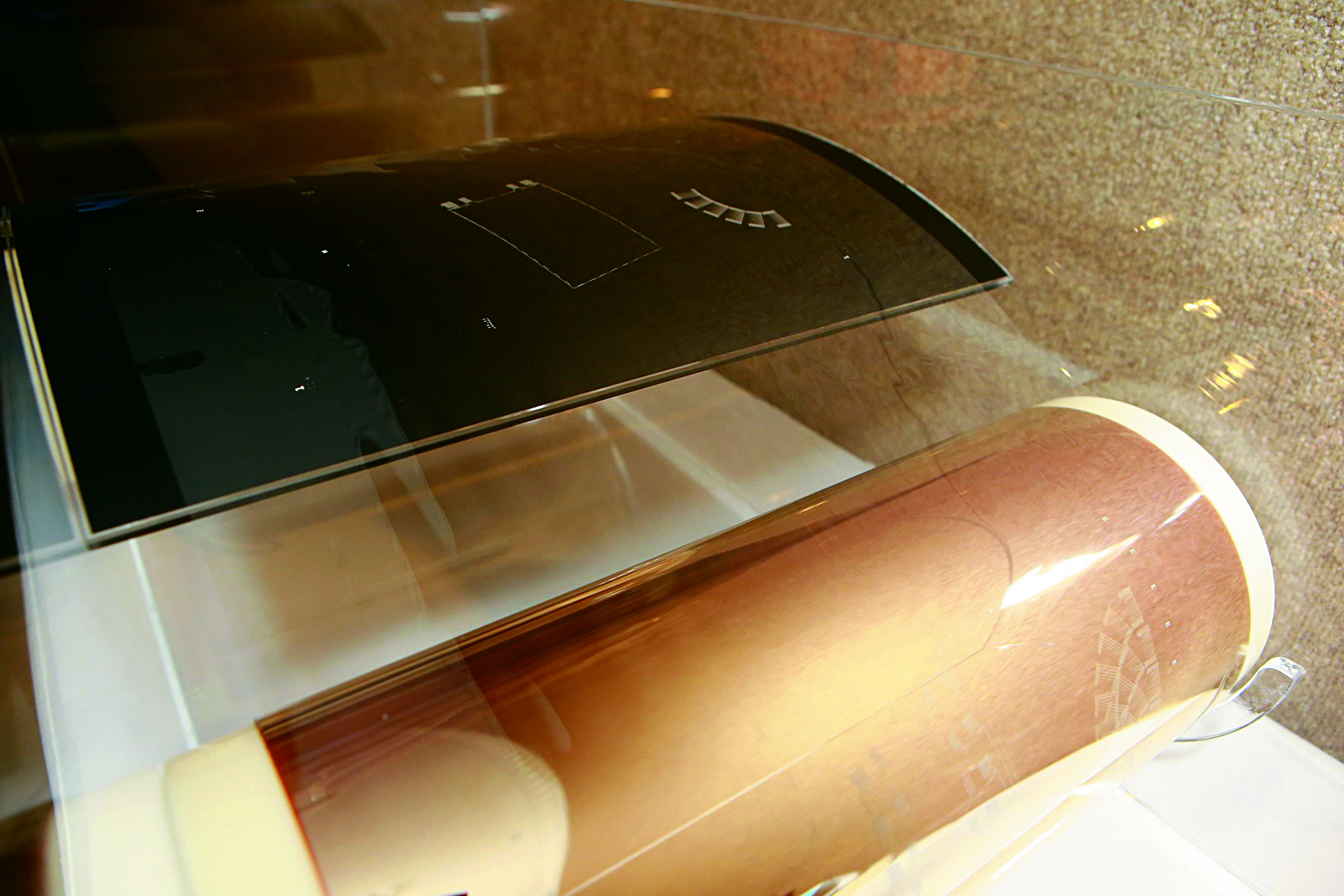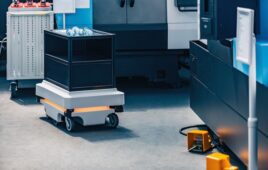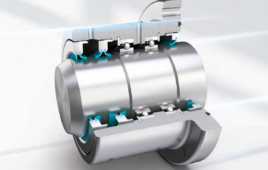Roll-to-roll manufacturing processes for printed circuit boards are already showing promise for lowering the cost and environmental impact of high-volume electronic products. But a new roll-to-roll system, developed by the Industrial Technology Research Institute of Taiwan (ITRI) promises to simplify the process while further reducing the carbon footprint involved.
The Self-Guided Additive Manufacturing for Minimum Carbon Emission with Roll-to-Roll Production System — or SAMMCERS – uses a high-speed lithographic process to print conductors and some types electronic components directly onto a flexible multi-layer substrate. In order to maintain high levels of precision, the system incorporates real-time self-guidance mechanisms based on an interactive cloud system. It boasts the ability to reduce overall carbon emissions in the mass production of most key components of consumer electronics, solar panels, light fixtures, Internet of Things sensor networks, automotive electronics, cloud servers, and storage equipment by more than 50 percent.
Electronics on a Roll
Roll-to-roll printed circuit board production employs a flexible substrate that is continuously fed from the beginning of the line. This substrate serves as the carrier for electronic components and allows for the successive aggregation of product elements which are cut into discrete modules at the end of the assembly process.

Photo Credit: ITRI
“The conventional [roll-to-roll] process involves high-voltage and high-vacuum steps, such as sputtering of metal films, lithography, and plasma etching,” Linda Liou, director of development for the institute, says in a recent interview with Product Design & Development. “Such a process produces large quantities of carbon emission,” she concluded.
In contrast, said Liou, the SAMMCERS process uses an epoxy or acrylic-coated dielectric material with silver (Ag) paste as the conductor material. The paste is deposited onto the substrate in the printing process. Its electrical characteristics are as good as the conventional FR4 boards, she said.
“In the SAMMCERS, direct printing of ultra-fine metal lines creates metal wires and metal mesh to replace the conventional process” says Liou. She explained that SAMMCERS’s additive mass-production techniques significantly increase material utilization, with up to 95 percent of the raw material inputs ending up in the final product. This compares to utilization as low as 5 percent in the conventional S2S (sheet-to-sheet) lithography process. “Also, processing steps are reduced from seven steps to one” she concluded. As a result, the direct printing machine replaces seven machines used in a conventional roll-to-roll process.
Printing Circuits and Components
The direct-printing process can also be used to print both flexible and rigid circuit boards, as well as double-sided circuits, and multi-layer circuits can be developed by combining printing, coating, drilling, and VIA fabrication processes, Liou says. The SAMMCERS process was originally applied to a single substrate, but after further development, it can be used for multilayer substrates.
In addition to producing the circuit interconnections, SAMMCERS system can be used to print resistors and capacitors using commercial carbon and insulation paste, but achieving consistent accuracy and stability remains challenging. The system can also print organic light-emitting diodes (OLEDs) onto the substrate. So far, the SAMMCERS process has only been applied to producing discrete OLEDs (as opposed to OLED displays).
Self-Guidance Drives Quality
In addition to serving as indicator lights in end products, the printed OLED emitters are used by the manufacturing system’s self-guidance mechanism to help optimize the outcome of each product batch. According to ITRI, a time series operates on the pilot line to prevent machine failure. This is comprised of alarm prediction, failure time estimation by machine learning, and a self-guidance mechanism. Before this real OLED light source chamber excessive-temperature alarm occurs, SAMMCERS can use previous patterns to predict subsequent temperature trends. It can divide the pattern into different time points to predict this alarm before it actually occurs and take preventative measures.
Since maintaining proper tension on the substrate is critical to the SAMMCERS process, it uses ultra-fast sensors to monitor the rolls in real-time and relay data to backend systems via cloud computing for quick decisions on immediate adjustments. The data generated by this process is also used by the system’s self-learning capabilities for better quality control.
SAMMCERS is designed to learn from the history data and predict future production trends.
“Our RD process is dynamic, and we need to frequently change our materials because of our research requirements,” Liou says. “So we created another [self-learning] mechanism to dynamically adapt any new patterns and make all these [things] into our computer program combining with our alarm messenger system. By doing this, we can monitor our production process even if it is dynamic.”
Using these systems to monitor and correct the manufacturing process in real-time maximizes yields and minimizes work-in-process.
This story originally appeared in the January/February print edition of Product Design & Development.
Filed Under: Capacitors, Industrial automation




